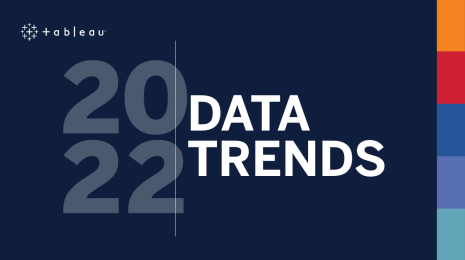New Views for Tableau Server Administrators — BI on BI
During my first efforts exploring the postgres repository in Tableau Server, I was amazed by the sheer expansiveness of the information stored within. Overwhelmed, I thought to myself:
- “How do I use all this data?”
- “What questions can I answer with this data?”
- “What questions should I even be asking?”
Stumbling through column names, not knowing which tables could be joined, or even what information was stored in each table; I quickly realized that I needed the example of an experienced user to guide me.
To educate myself, I sought out the admin views created by Zen Master Mark Jackson [found here] and other amazing Tableau Customers; by tinkering, breaking down (sometimes just breaking), and rebuilding their work, I taught myself how to navigate the repository, to answer important questions, and like so many other Tableau Customers, to explore my data and arrive at new insights.

Through my explorations, I discovered that the data in the repository could do more than just monitor your usage of Tableau Server; it can also be leveraged to help quantify and improve the efficiency of your BI solution, thus using business intelligence on business intelligence. Now, I get to give back to the Tableau Community and share my own creations: Customized Views for Server Insights and Analytics.
These particular workbooks will exist as a community effort, however at Tableau we are always proudly “eating our own dog food” and have been diligently applying similar workbooks to our own servers – using Tableau on Tableau. Ultimately we hope to provide customers with tools and metrics that will allow you to increase the efficiency of your BI services and make proactive decisions concerning your BI roadmap.
These workbooks will help answer the most common questions you may have about your sever, but my wish is for them to be living, organic entities that can be taken apart, repurposed, and improved upon by anyone; therefore I have exposed every join, every table, and every calculated field I used so that you may learn, play, and experiment to your heart’s content.
Function:
- Server Sizing Monitor– Dashboards to track background tasks, http requests and actions, server load, and Vizql Sessions.
- Data Connections and Permissions– Dashboards to track user permissions and data connections, including which extracts share the same data connections, and what workbooks connect to which published data sources.
- View Traffic Monitor– The most popular views on the server, the most active users, and most active days for viewership. This Dashboard tracks and ranks incoming traffic to the server.
- Extract Error Monitor– Dashboards to identify extract errors and error types, extract refresh/increment duration, and error messages.
- Subscriptions Timer– Dashboards to track late subscription emails for workbooks and views.
Instructions can be found here
Together these workbooks will allow you to not only audit your server, but to discover new insights and explore server operations and usage.
Connection:
You will need Tableau Desktop installed and have full access to your Tableau Server db to access these workbooks in their entirety; I would advise following the steps in the DAAP documentation.
With the release of 8.2.5, Tableau introduced the read-only user, offering customers a new world of possibilities for monitoring the status and performance of Tableau Server. While the information in the Postgres tables available to the base “Tableau user” was already vast, the tide of information now unleashed with 8.2.5 will allow for insights never before possible. In the past we have provided instructions for how to use the Postgres tables to create custom admin views to monitor your system, with the read-only user, we made this process easier than ever.
Final Words of Encouragement
I hope that these workbooks prove to be useful and educational to the Tableau community. As I said before, it is my wish that these workbooks be both living and ever evolving, so please post your tweaks, hacks and improvements so that your fellow Tableau Customers can learn from your great work. The forum can be found in the new Server Admin section of the Tableau Community Forums. May the force be with you.
Jedi Academy Cadet
Michael Chen
相关故事
Subscribe to our blog
在您的收件箱中获取最新的 Tableau 更新。








